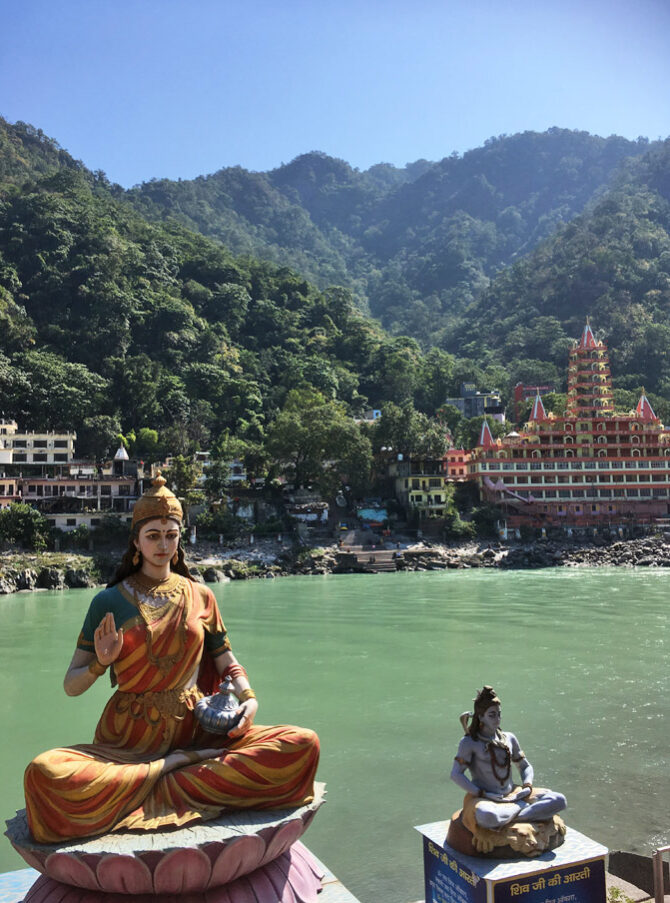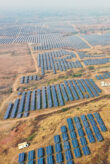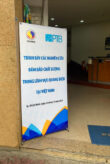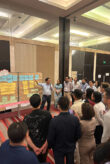Today, 22 March, World Water Day is celebrated around the globe. Every year, a different aspect of the vital role of water in our daily lives is highlighted. In 2022, groundwater is the centre of attention. World Water Day will thus aim to make the invisible visible.
But not only groundwater is invisible. There is also more in surface water than is immediately visible to the naked eye. Some things can only be discovered with the help of a magnifying glass or a microscope: Bacteria, tardigrades and other small lifeforms appear. More sophisticated chemical analysis is required to verify the presence of other substances.
Since water is both a habitat and food, there are strict critical values for many contaminants. If these limits are exceeded, there’s a threat for both humans and the environment. It is therefore of elementary importance that the quality of analyses of groundwater, surface water and tap water is accurate and trustworthy. Unfortunately, this is not the case everywhere.
Since 2018, the National Mission for Clean Ganga (NMCG) and PTB have partnered to introduce quality assurance for monitoring the water quality of the Ganga. The project trained employees of the public authorities and laboratories in standardised methods for water sampling in rivers and their respective analysis in the laboratory. These standard operating procedures ensure that the same steps are taken for every water sample and the thus obtained data becomes comparable and reliable – i.e. of the same quality. Furthermore, the project introduced its selected partner laboratories to the requirements of the ISO for testing laboratories. An accreditation according to this norm was granted to half of them through the aid of a World Bank funded endeavour.
Despite this important step, the laboratories are still facing a multitude of challenges. During the COVID-19 pandemic, many planned project activities could only be realised to a limited extent or not at all. As the situation is stabilising, there is reason to hope that this can be made up for in the course of a follow-up phase starting this autumn.
Image © Patrick Dolle








